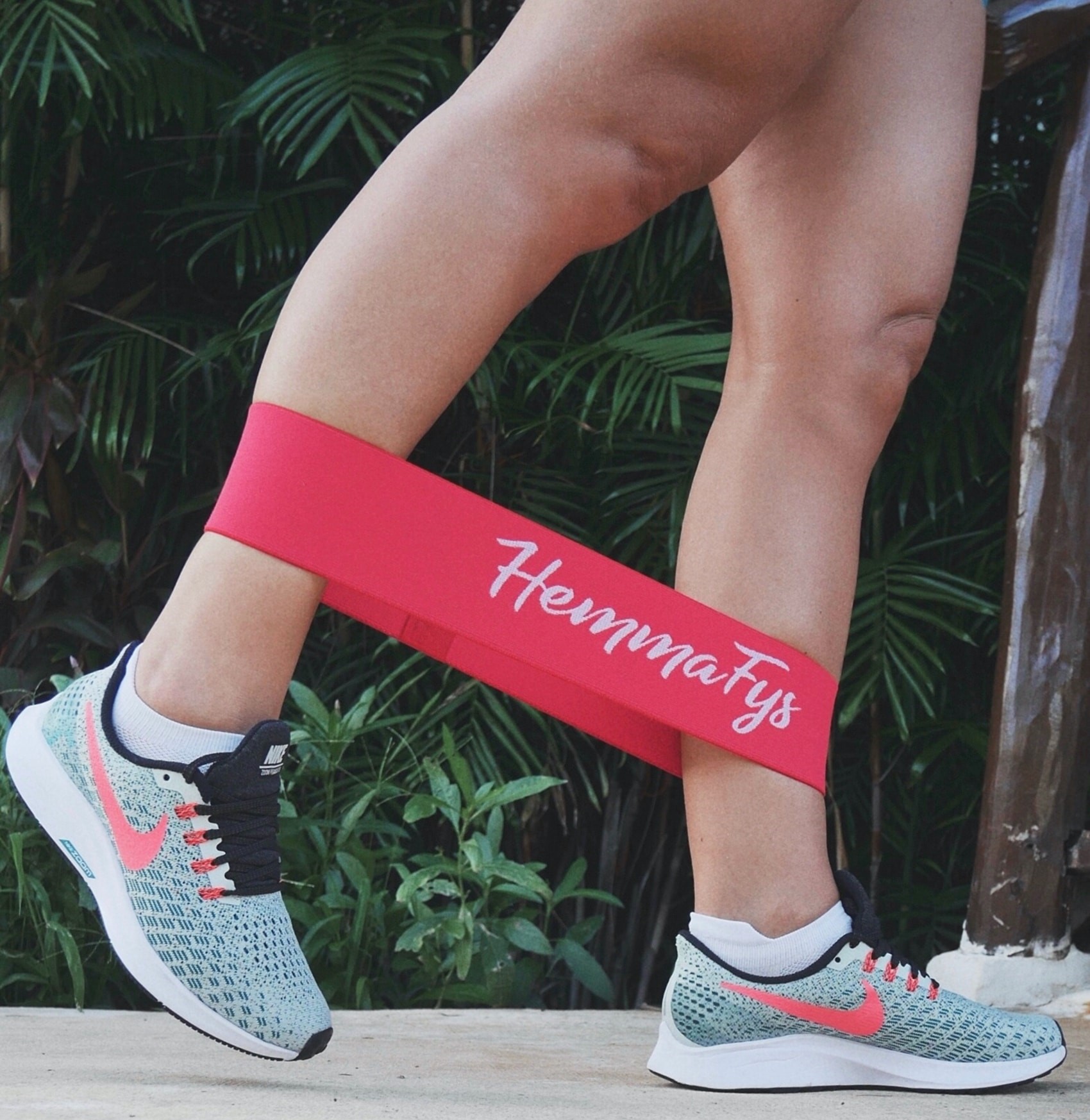Introduction
In the realm of fitness, resistance bands have emerged as a game-changer. Lightweight, portable, and effective, these bands have become a favorite for those aiming to enhance their leg muscle strength. Whether you’re a fitness novice or a seasoned athlete, resistance bands can elevate your leg workouts to new heights.
The Science Behind Resistance Bands
Resistance bands are made of strong, thin rubber. When stretched, they create resistance, forcing your muscles to work harder. This resistance is what aids in muscle strengthening, especially when targeting specific leg muscles.
Benefits of Using Resistance Bands for Leg Workouts
- Versatility: From squats to lunges, resistance bands can be incorporated into a myriad of exercises.
- Portability: Their lightweight nature means you can carry them anywhere, making them perfect for home workouts or while traveling.
- Cost-effective: Compared to heavy gym equipment, resistance bands are relatively inexpensive.
- Adaptable to all fitness levels: Whether you’re a beginner or an expert, you can choose bands with varying resistance levels to match your strength.
Effective Leg Exercises with Resistance Bands
- Banded Squats: Place the band above your knees and perform squats. The band adds resistance, making the squats more challenging.
- Leg Press: Sit on a chair, loop the band around one foot, and press forward. This targets the quadriceps.
- Lateral Band Walk: With the band above your knees, take sideways steps. This strengthens the outer thighs and glutes.
- Glute Bridge: Lying on your back with the band above your knees, lift your hips. This targets the glutes and hamstrings.
Safety Precautions
- Inspect Before Use: Always check your resistance band for signs of wear or tears. Using a damaged band can lead to injuries.
- Use the Right Resistance: Start with a lighter resistance and gradually move to heavier bands as your strength increases.
- Maintain Proper Form: Ensure you’re performing exercises with the correct form to avoid strain or injury.
- Avoid Overstretching: Stretching the band too much can lead to it snapping.
Maximizing Results with Resistance Bands
To get the most out of your resistance band workouts, consistency is key. Incorporate them into your routine 3-4 times a week. Additionally, ensure you’re complementing your workouts with a balanced diet and adequate rest.
FAQs
- How do I choose the right resistance band for leg workouts?
Start with a lighter resistance and as you build strength, progress to heavier bands. The band should offer resistance but shouldn’t be too difficult to stretch. - Can resistance bands replace weights in leg workouts?
While they offer a different kind of resistance compared to weights, resistance bands can be an effective alternative, especially for those who prefer low-impact workouts. - How often should I replace my resistance bands?
Inspect your bands regularly. If you notice any signs of wear, tears, or thinning, it’s time to replace them. - Are resistance bands suitable for rehabilitation exercises?
Yes, under the guidance of a physiotherapist, resistance bands can be used for rehabilitation and recovery exercises.
Conclusion
Resistance bands, with their simplicity and effectiveness, have revolutionized leg workouts. They offer a unique blend of flexibility and resistance, ensuring that your leg muscles get the workout they deserve. Whether you’re at home, in a park, or on vacation, resistance bands ensure your leg muscle strength training doesn’t miss a beat.
Discover the latest tools and innovations to optimize your leg workouts by browsing our detailed guides in the equipment category.

